If you have ever been to West Texas then you know there really isn’t much to look at. You can literally drive a hundred miles and not change elevation more than 10 feet. For the most part, it’s dry and arid. The average yearly rainfall is about 14 inches and not a lot can grow in those conditions. Every once in a while though you’re lucky and you find an oasis in the desert.

Just south of Midland Texas is such an o
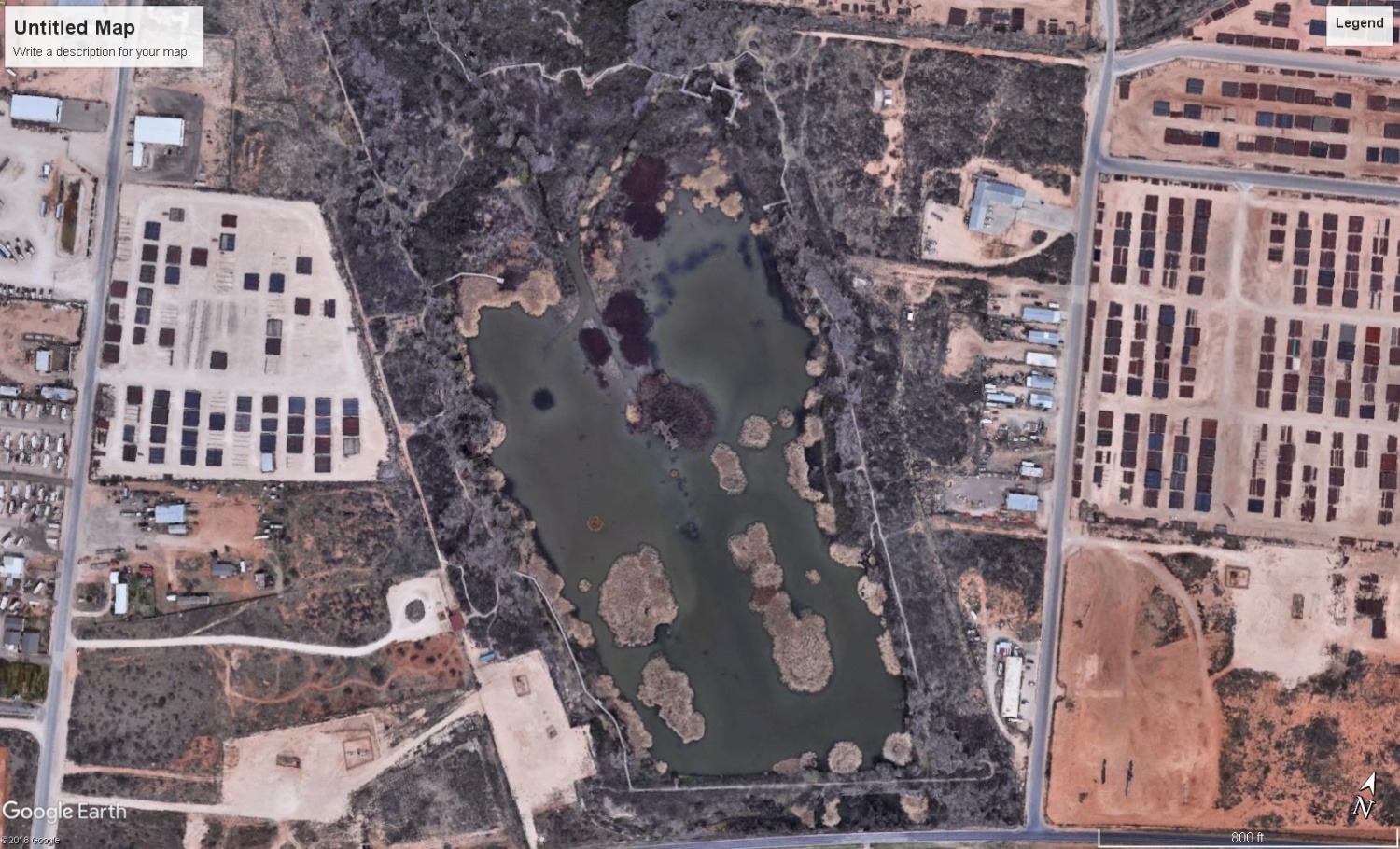
In West Texas, anywhere there is water, wildlife is not far away. As a wildlife photographer, any place that attracts wildlife in significant quantities is some place to spend a significant amount of time.
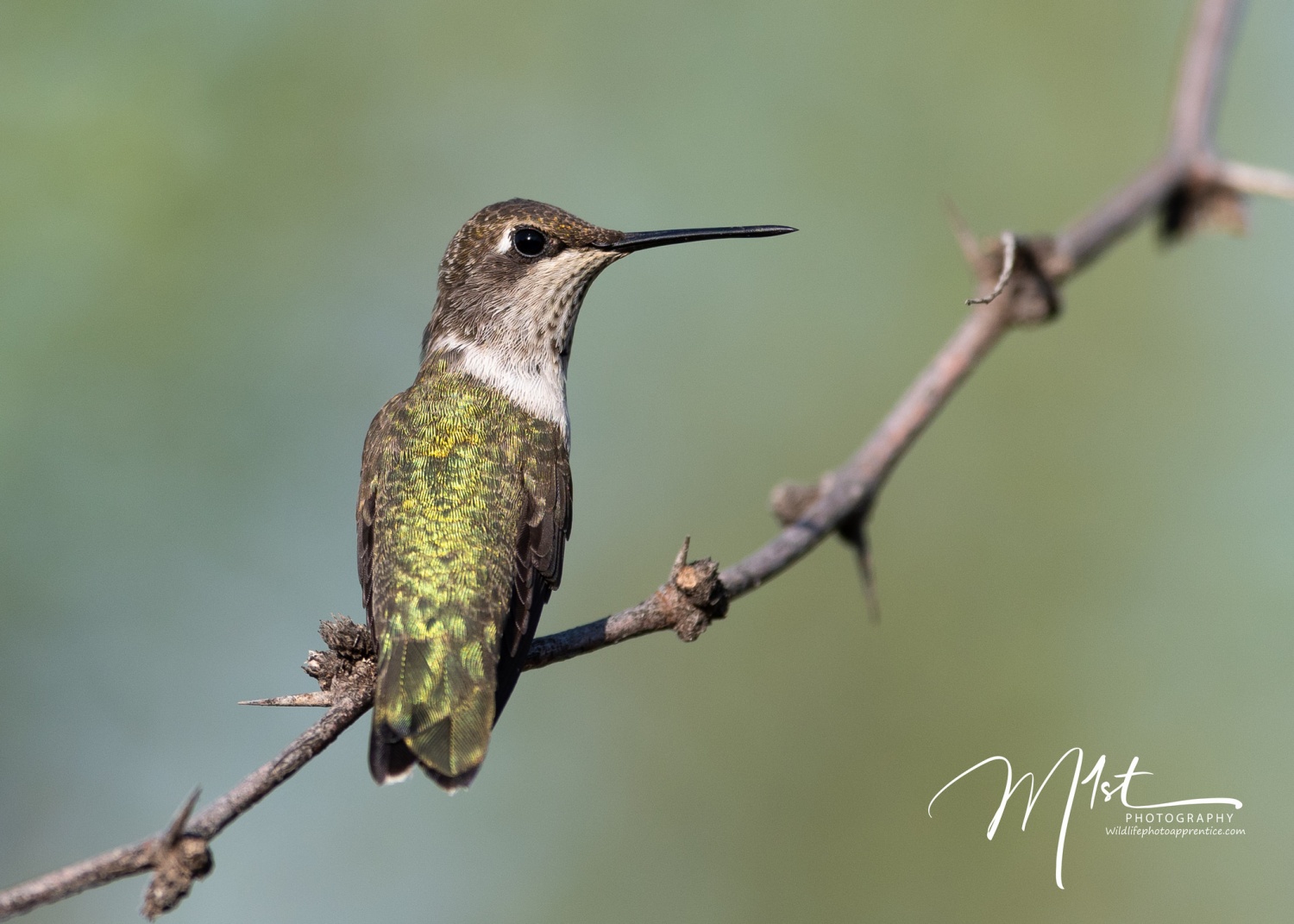
In the late 1960s, the property was donated to the City of Midland with the intention of creating a park. However, the city was never able to budget the money for the park. The property is part of the stormwater drainage system for the city and as such was not of much industrial value. The Midland Naturalists and a group of volunteers maintained the preserve for over 20 years. As a birding enthusiast and a member of the Midland Naturalists, Jenna Welch was integral to the development of the preserve. After significant improvements including boardwalks and a hawk tower, the preserve opened to the public.

There is no entry fee. The preserve hours vary from spring to summer, 8 A.M. TO 6 P.M. in the winter and 8 A.M. TO 8 P.M. in the summer. Not the most photographer-friendly hours as you miss a good portion of the golden hours. They are dependent on volunteers to open and close the preserve and the morning opening can be delayed from 20 to 30 minutes eliminating the morning golden hour completely. There is a 1.75-mile trail that encircles the preserve with six blinds evenly spaced around the trail. The blinds are ok for bird watching but not designed with the wildlife photographer in mind. The openings are fixed and won’t accommodate anything larger than a 70-200mm lens. You can, however, shoot through the openings even though your lens hood won’t fit through. It is almost completely impossible to get a bird-in-flight shot from these blinds. At times the preserve is crowded and seems to be more like a city park, allowing joggers and birthday parties, rather than a preserve to protect wildlife.
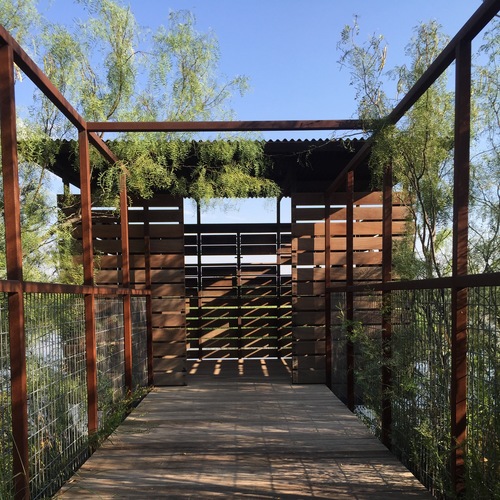
Since its opening, I have photographed wildlife at the preserve on at least a monthly basis. It seems that every time I go I encounter a different species and a new photographic opportunity presents itself. Although the hours, crowds, and blinds may not be the most photographer-friendly the wildlife opportunities more than makeup for it. Let’s look at a few of the preserve residents who are available for you to photograph should you choose to visit this unique venue.
Bobcats
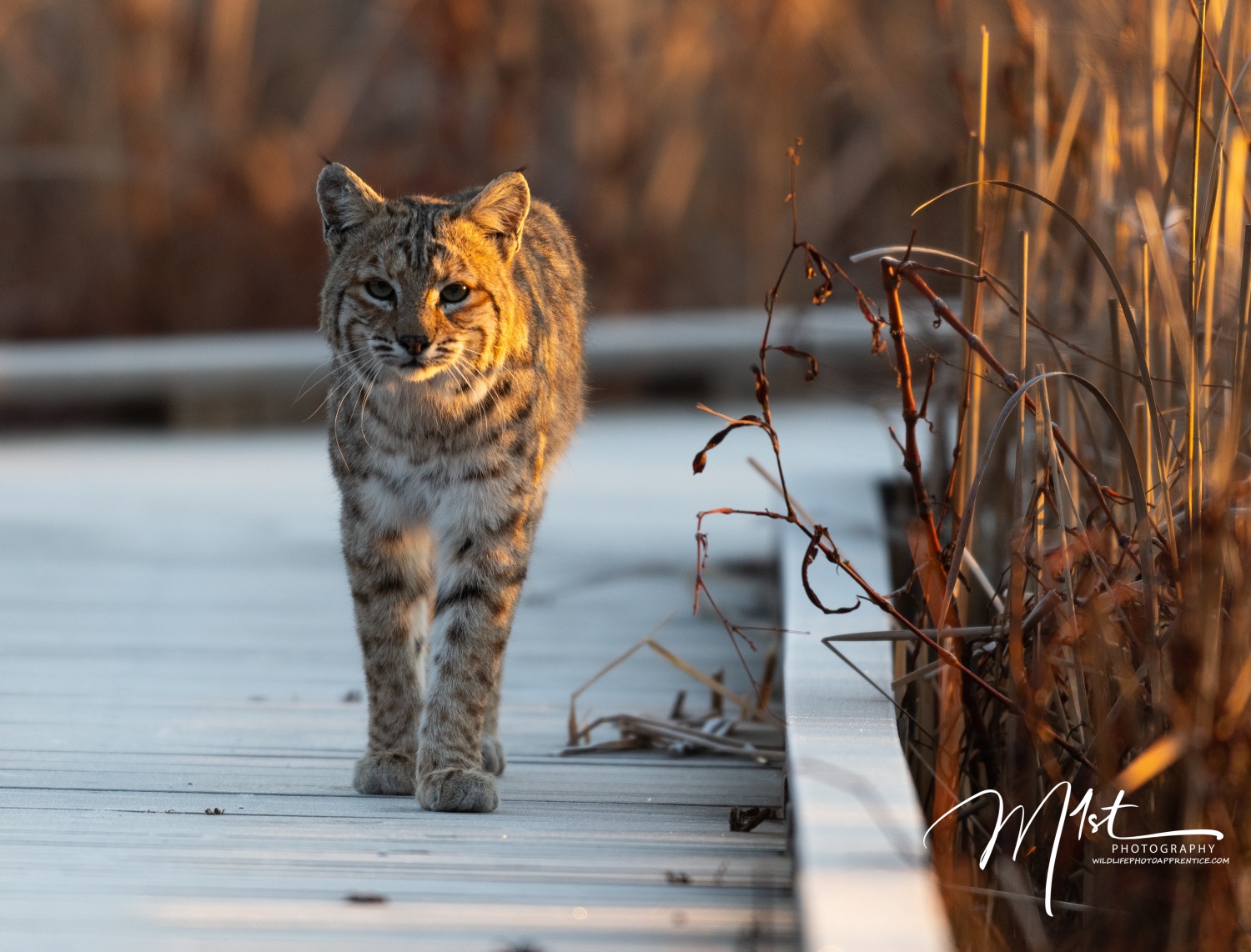
There are several resident Bobcats who call the preserve home. While mostly nocturnal they can often be seen early in the morning if you are quiet and patient. The resident female has had several litters of kittens and at certain times of the year, it is possible to find the kittens out with their mom learning
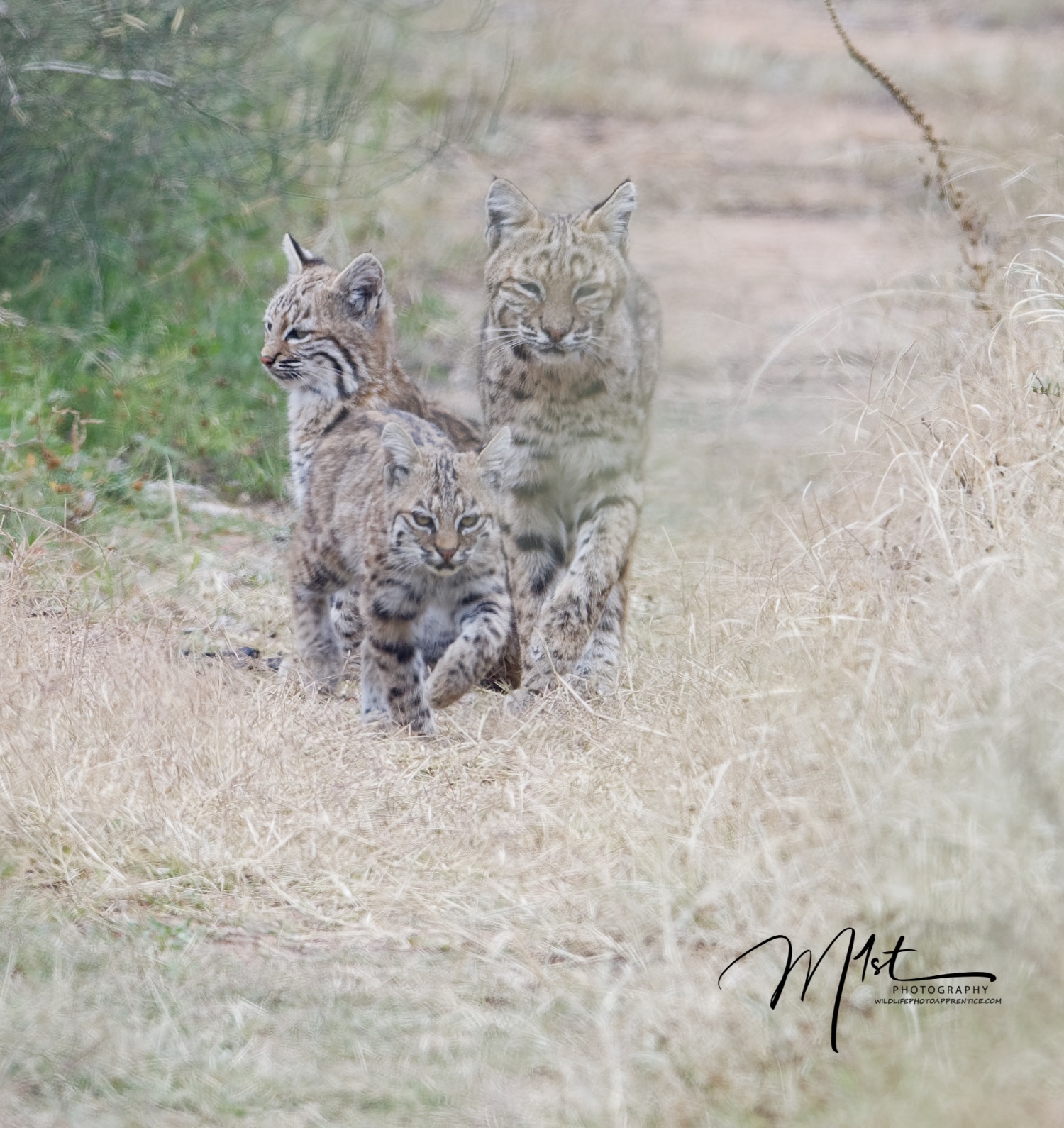
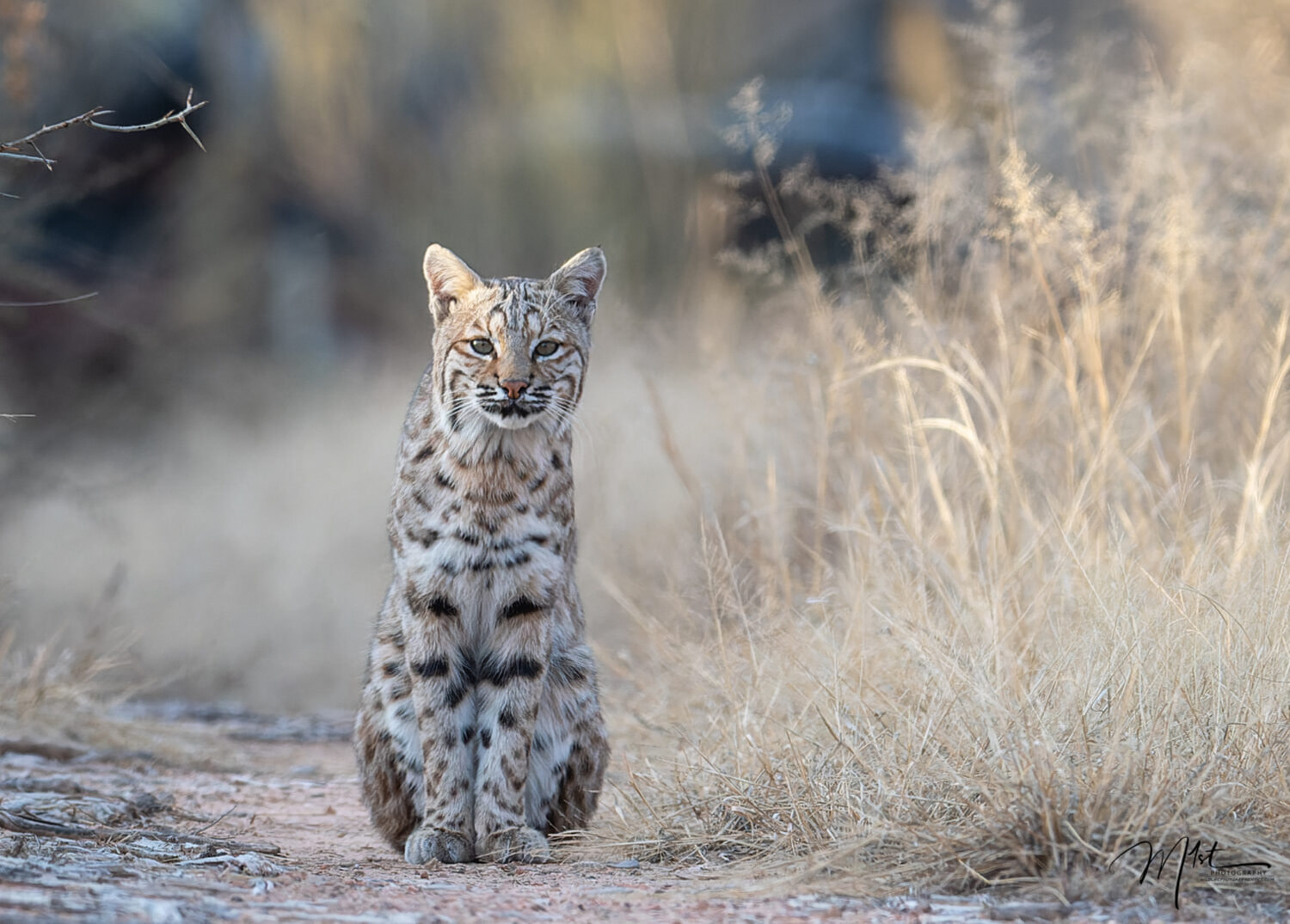
Raptors
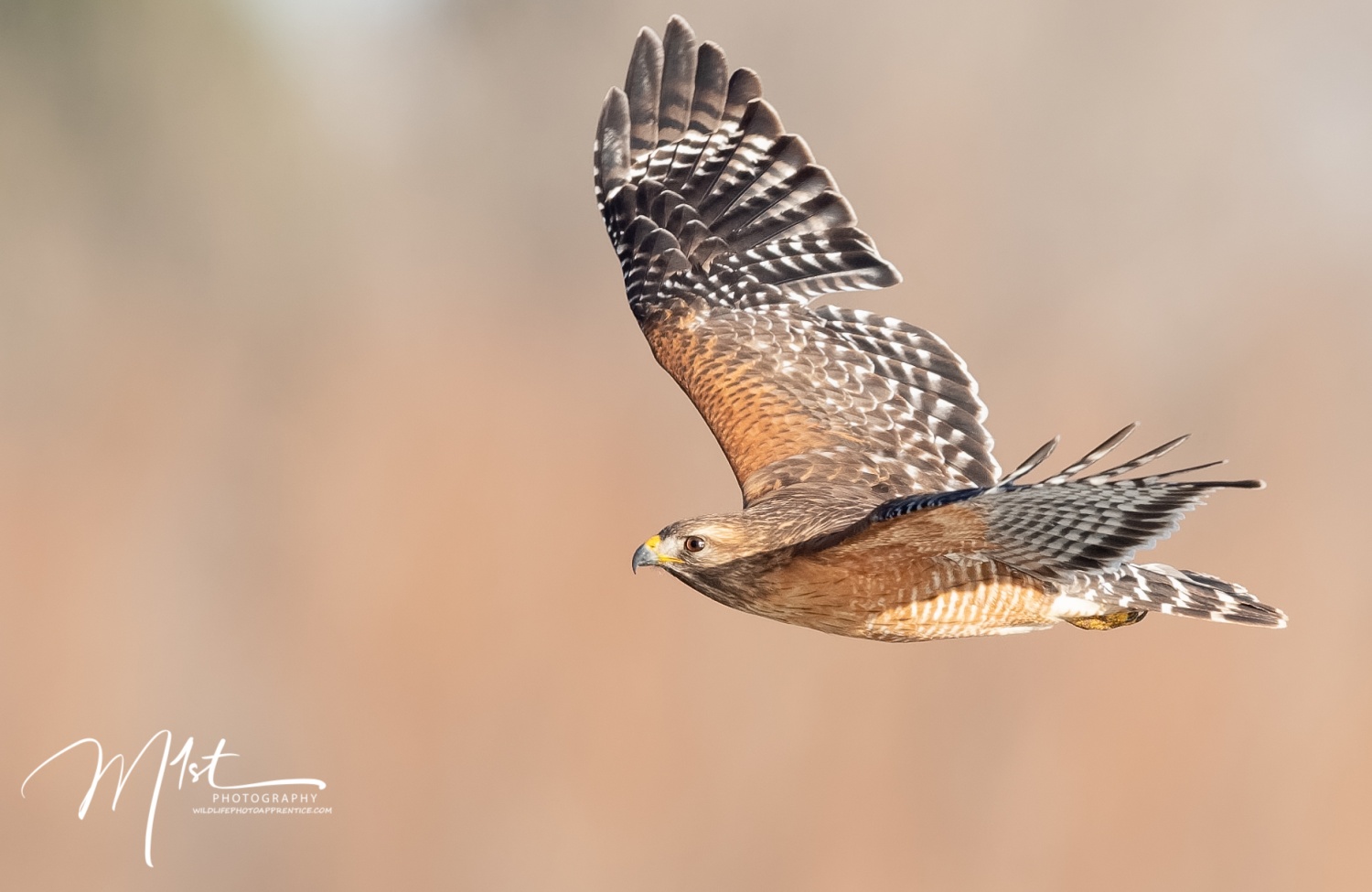
Several species of ” raptors ” call the preserve their home throughout the year. The word “raptor” means “to seize or grasp” in Latin. Raptors use their powerful, sharp talons to capture their prey and defend themselves. Several bird species are considered Raptors. Eagles, hawks, kites, falcons, and owls are all considered raptors.

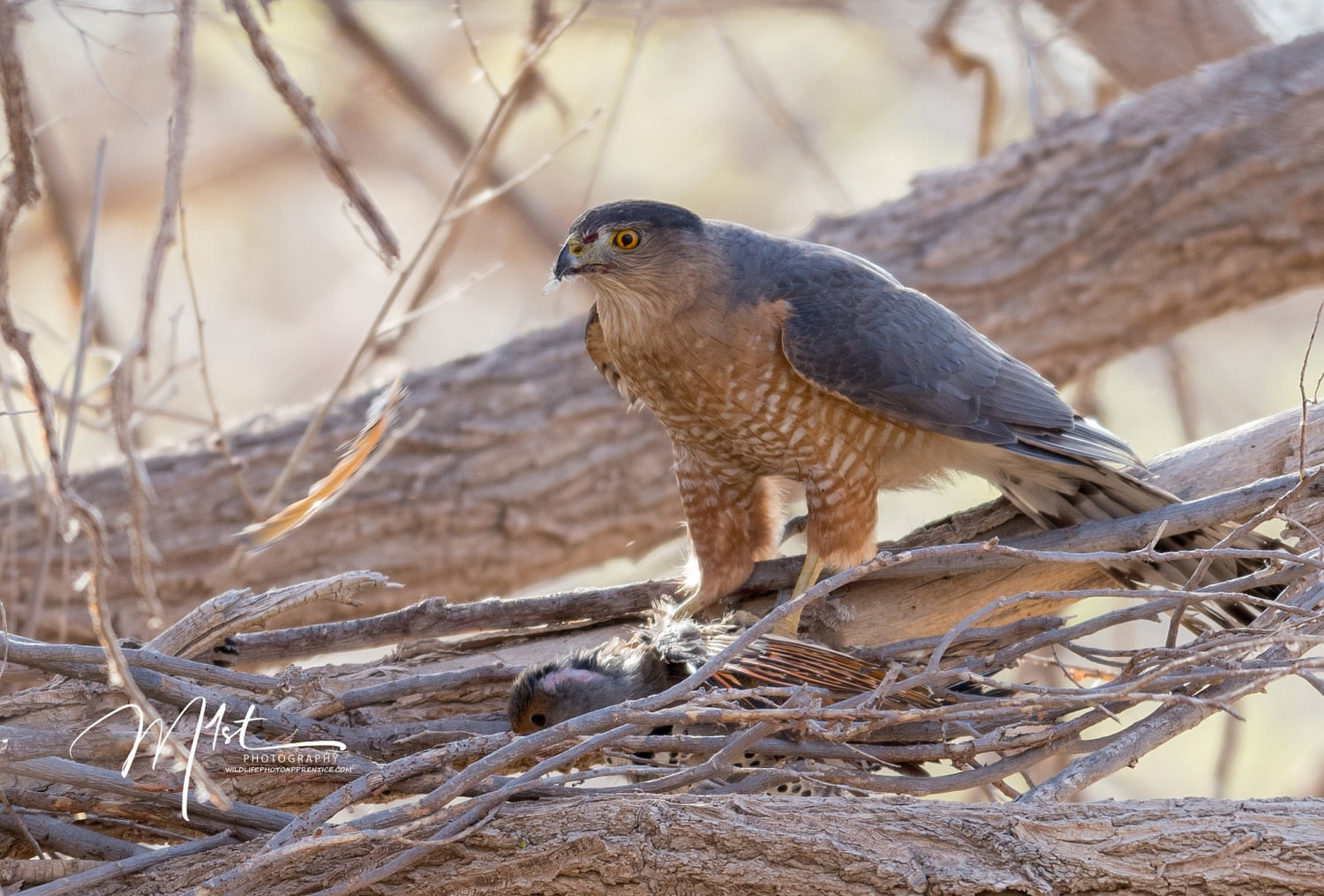
While Red-Tailed Hawks and Cooper’s Hawks are common visitors to the preserve and can be found on most days, Great Horned Owls are a rare photographic treat and are seen randomly, mostly during the nesting season.
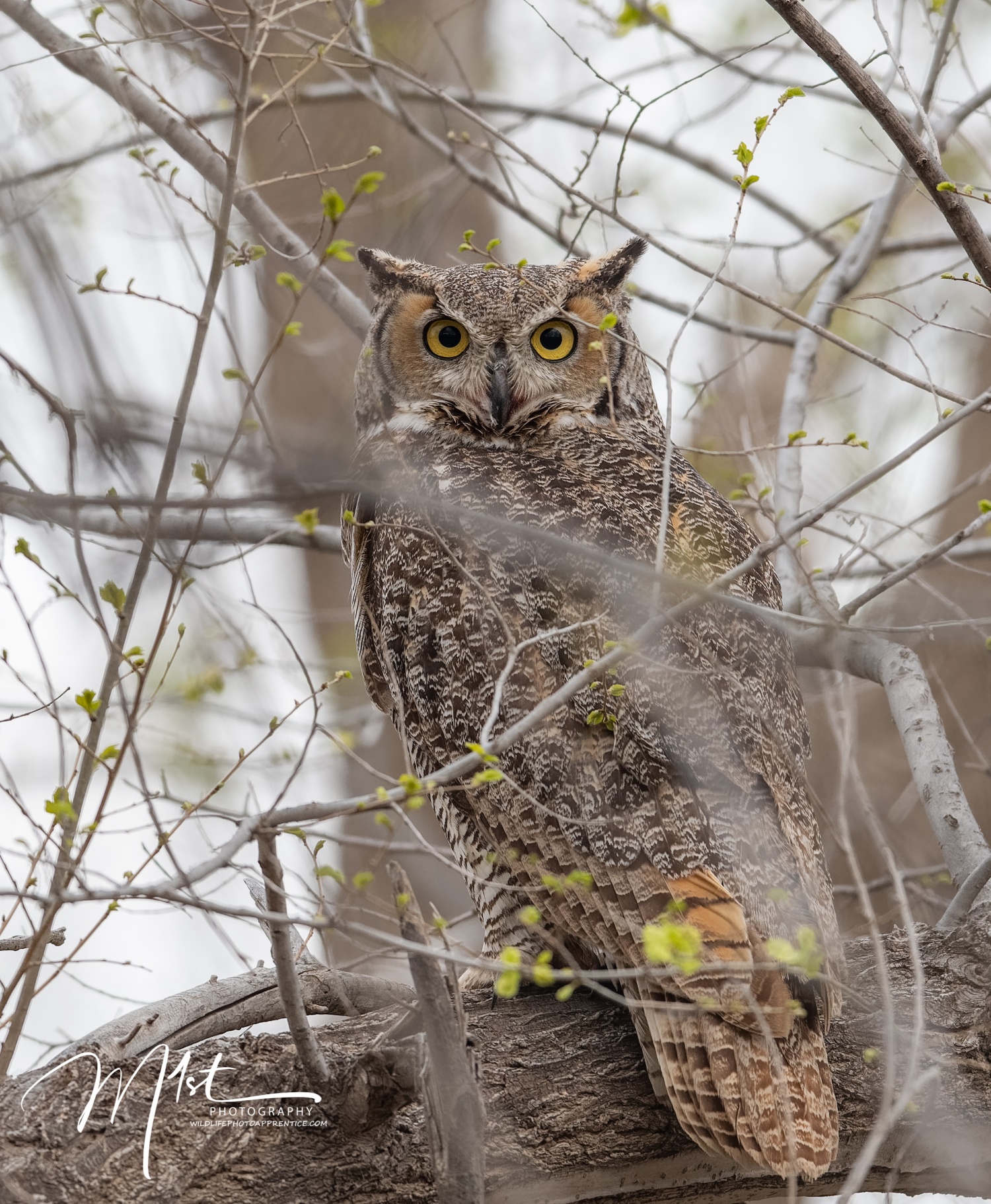
Most years in late September and early O

Mississippi Kites, Northern Harriers, and American Kestrels are frequent visitors at different times of the year as well.
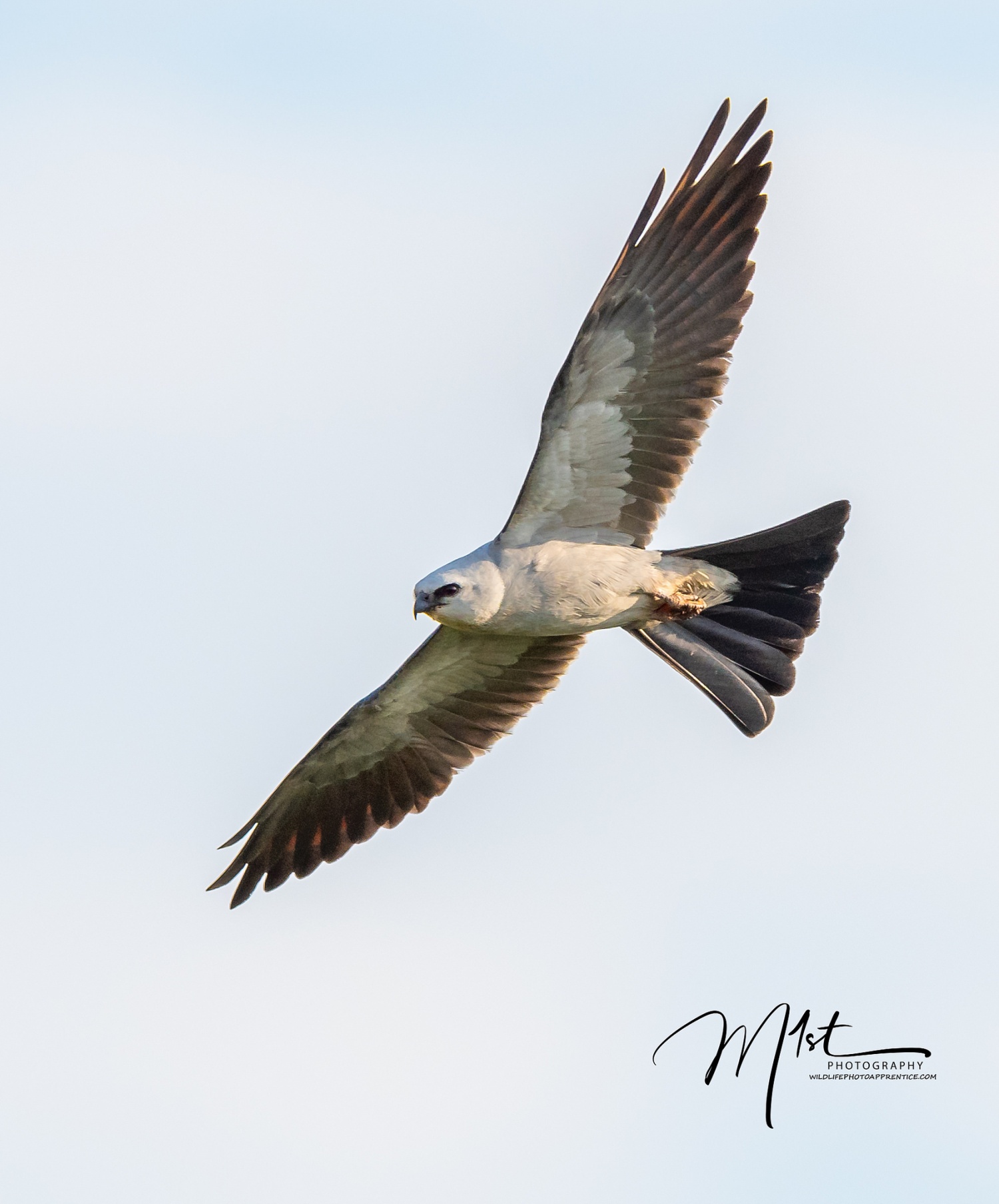
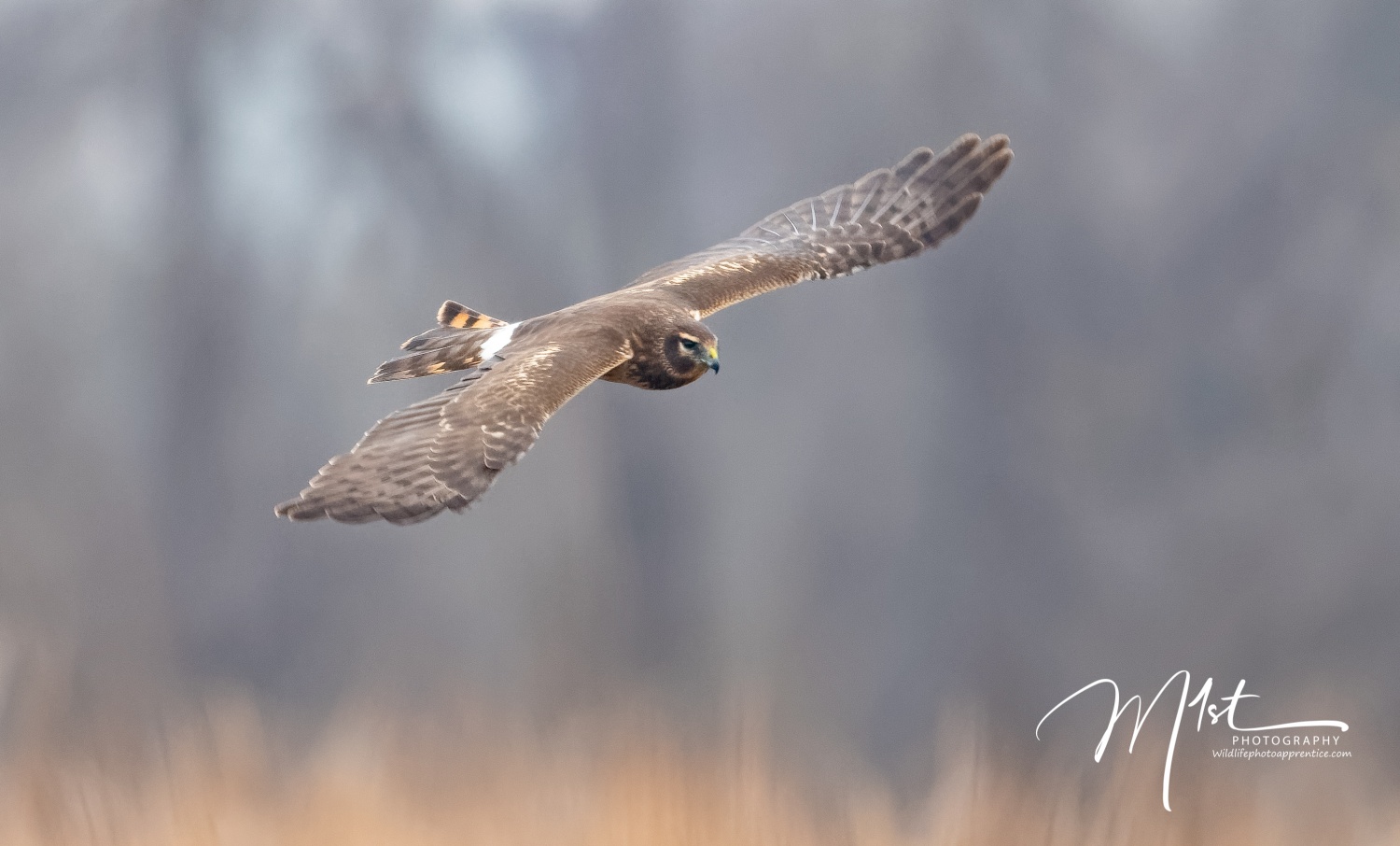
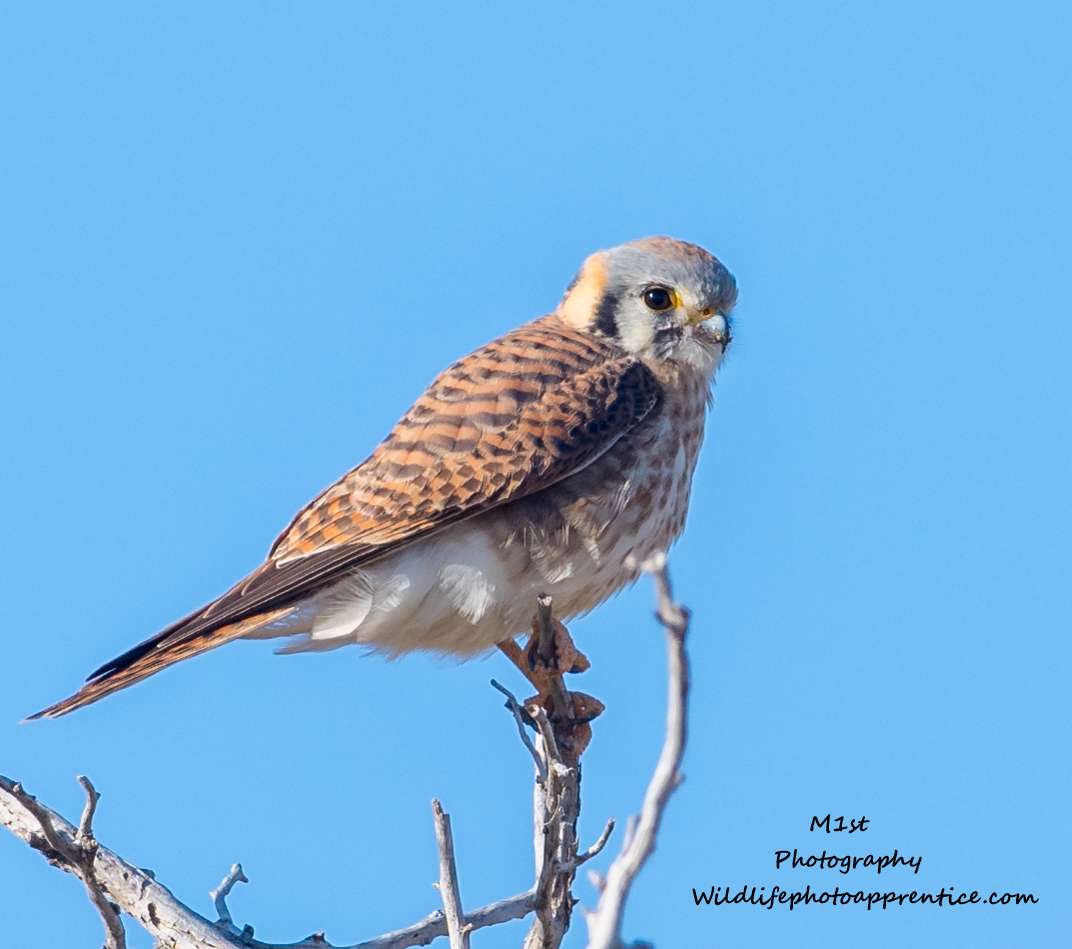
Egrets and Herons
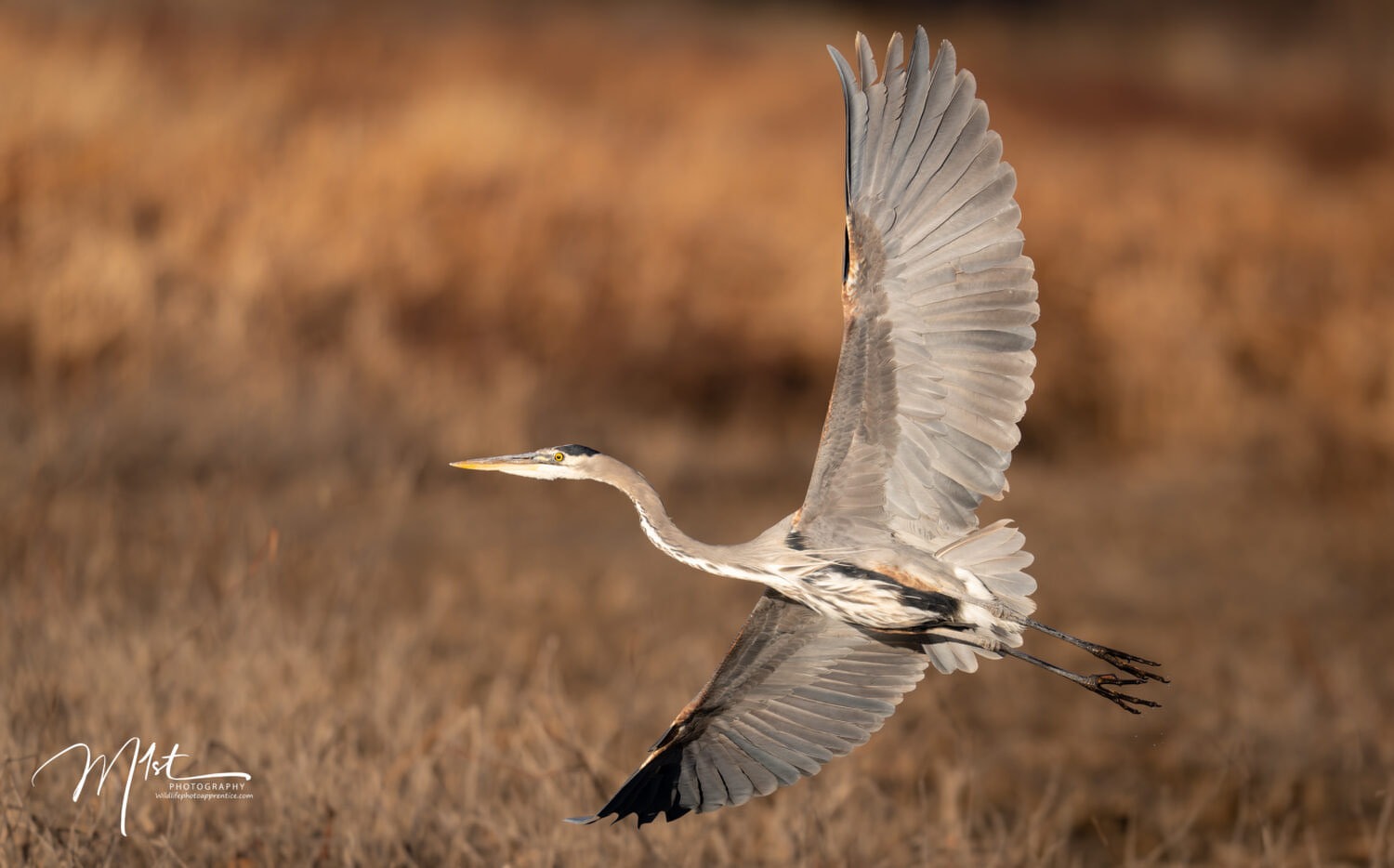
Snowy Egrets, American b
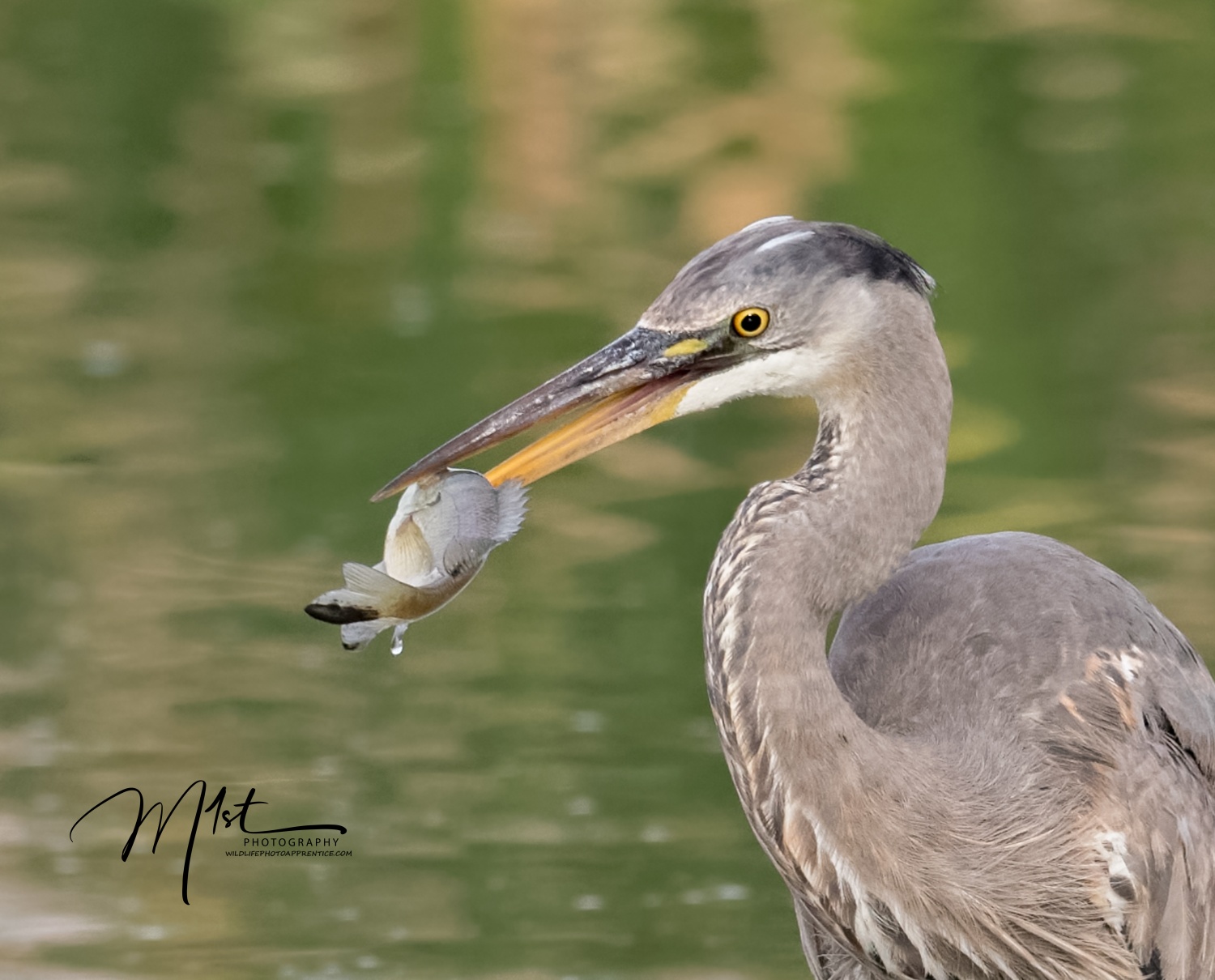
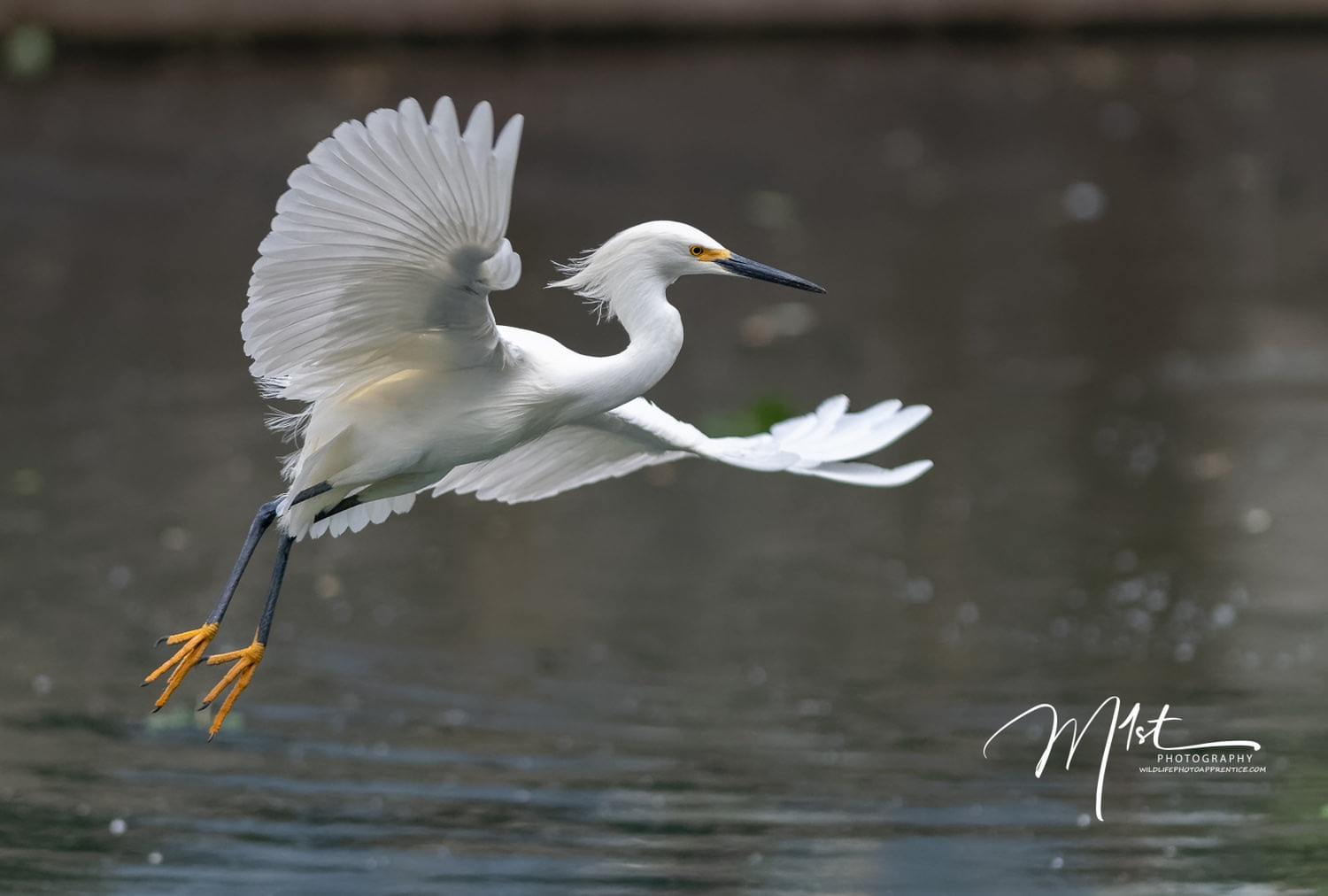
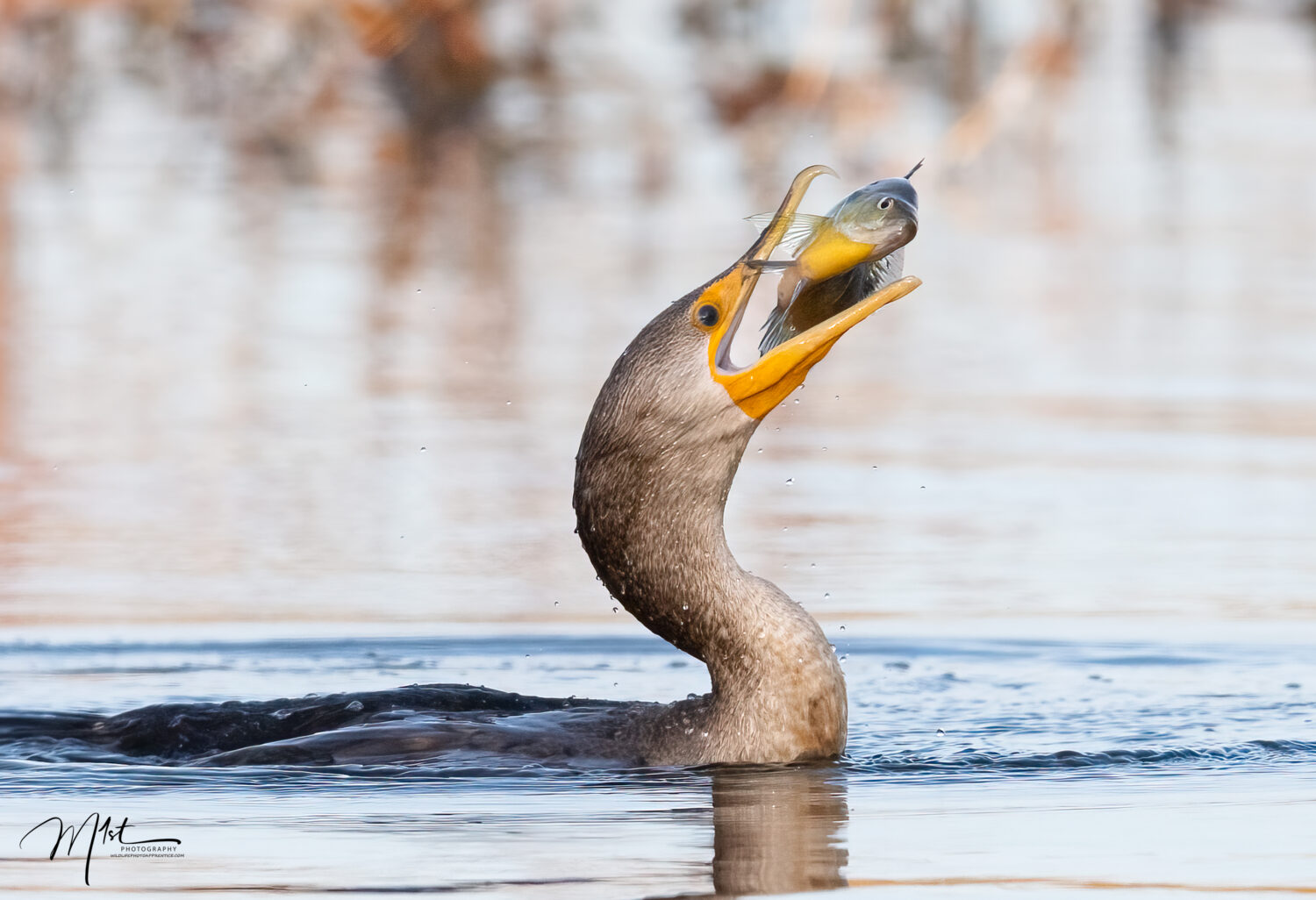
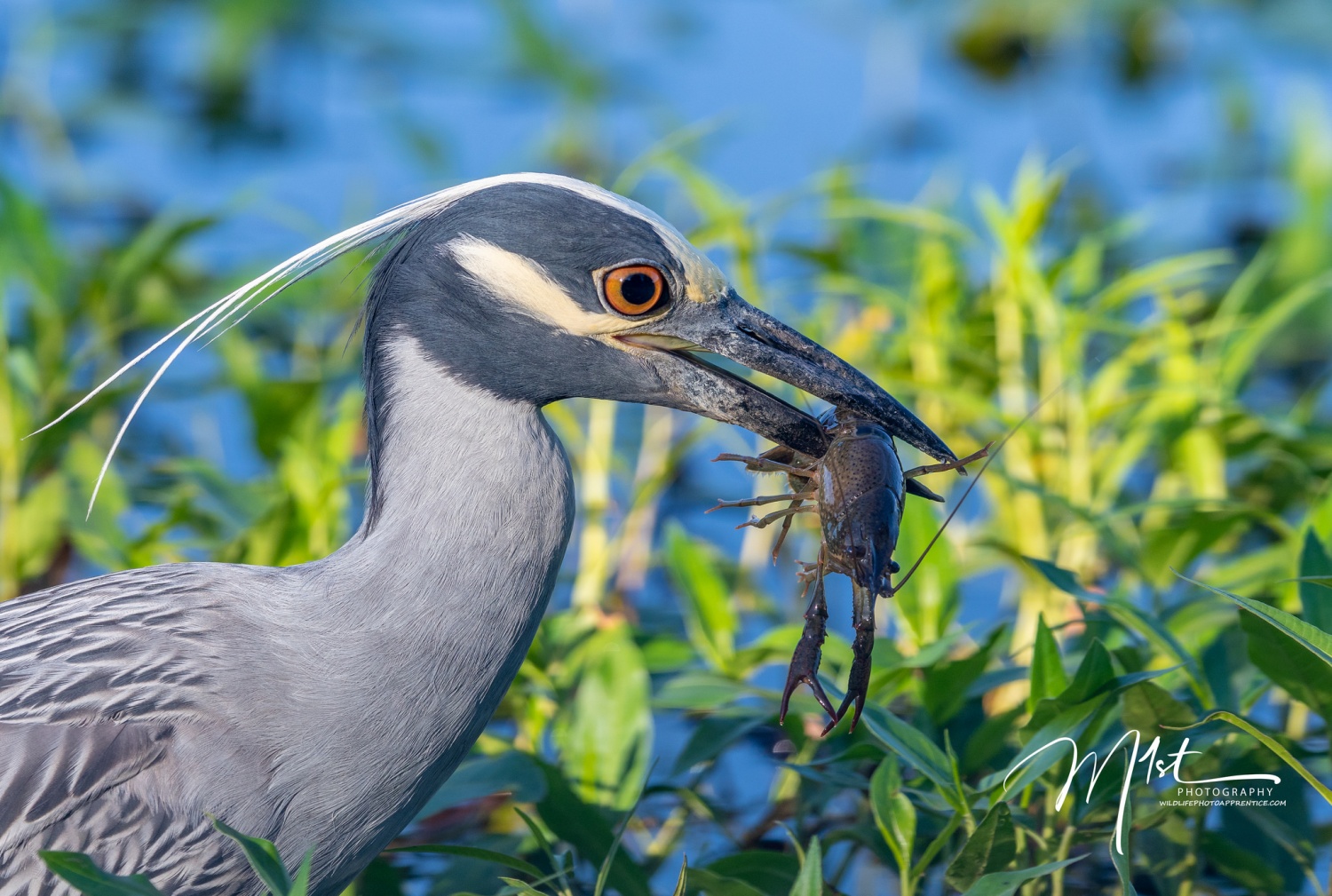
Ducks
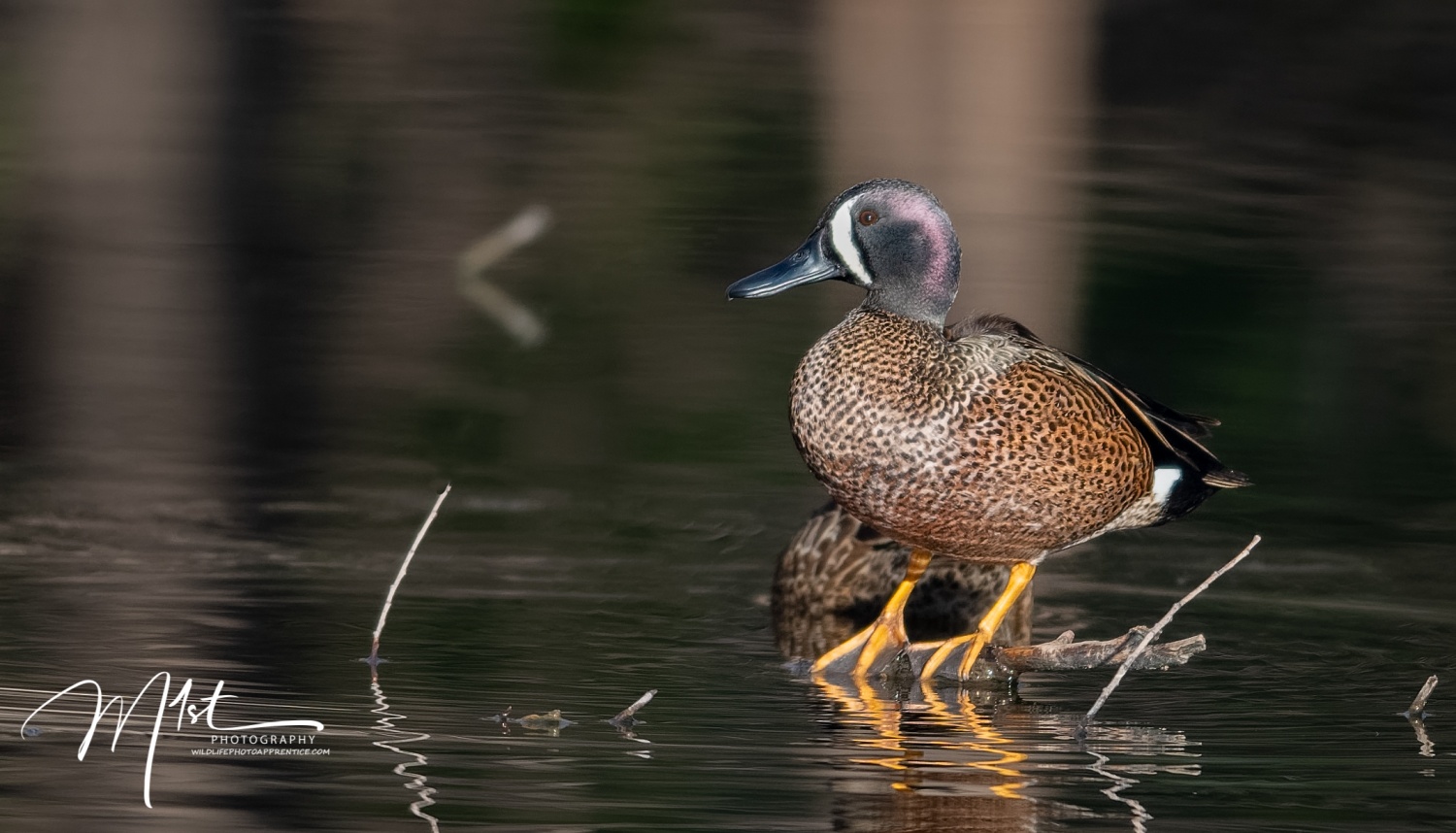
As frequent visitors to most urban ponds, d
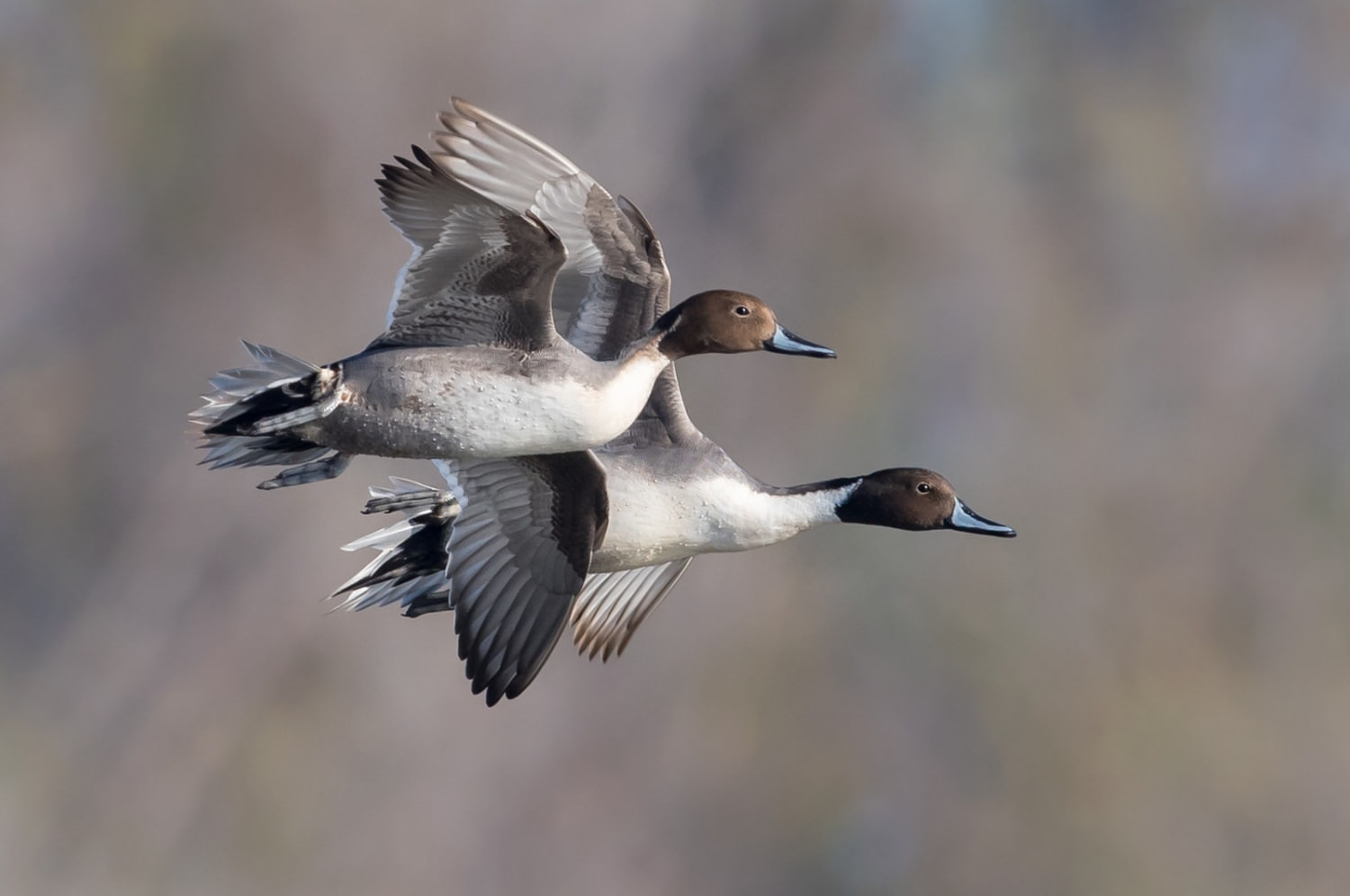
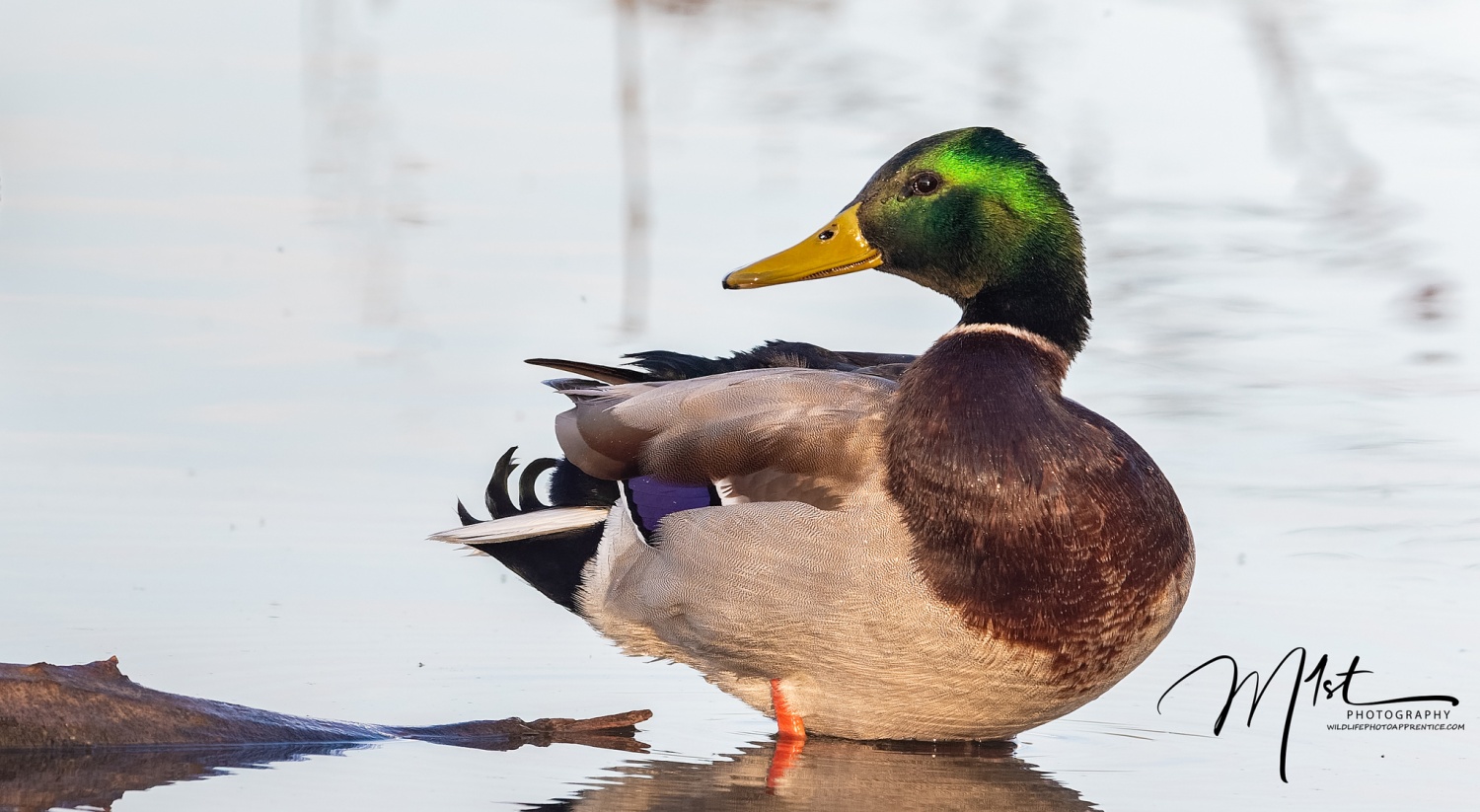
Belted Kingfishers
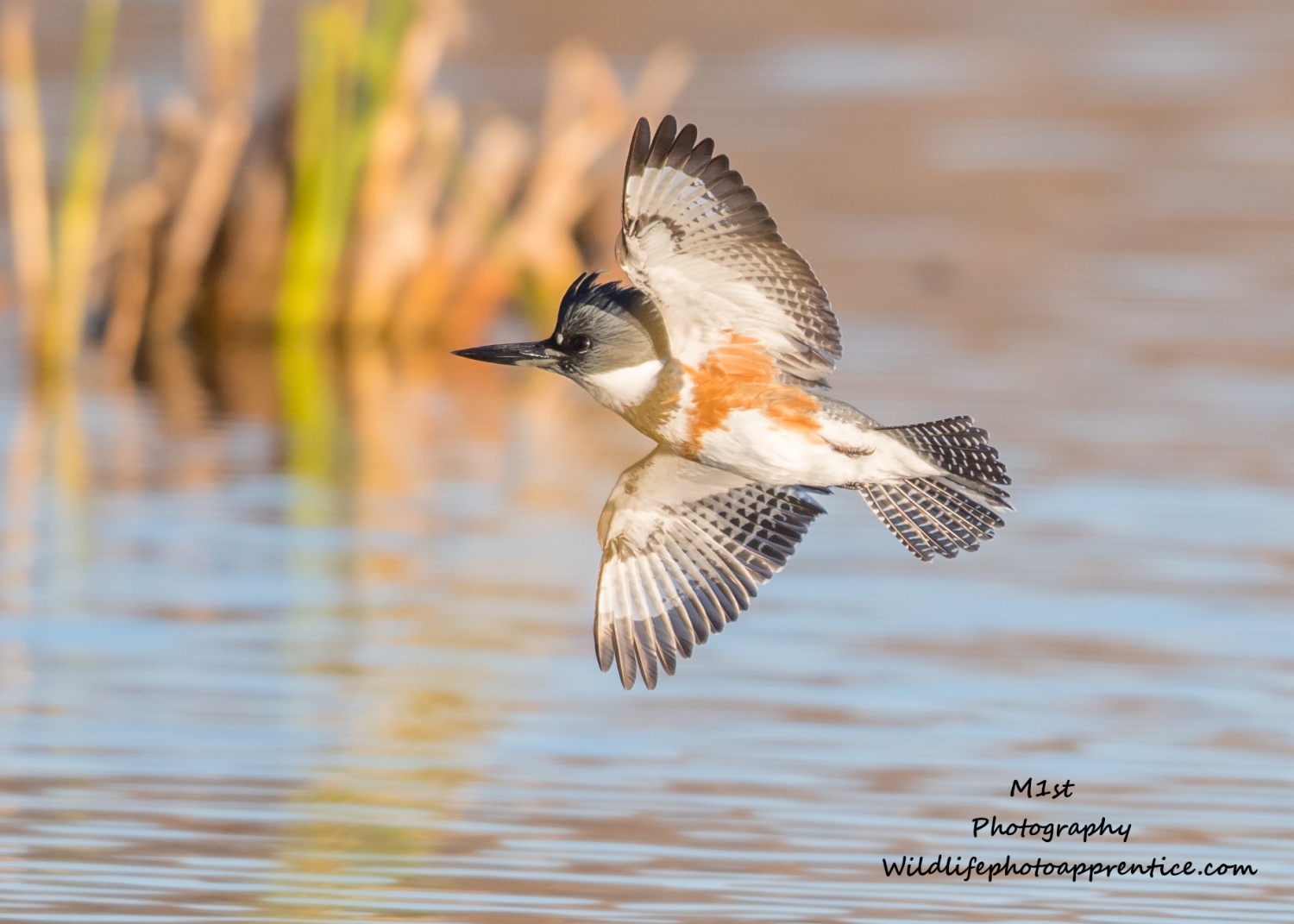
The preserve is home to Belted Kingfishers. Belted Kingfishers are stocky, large-headed birds with a shaggy crest on the top and back of the head and a straight, thick, pointed bill. Their legs are short and their tails are medium length and square-tipped.
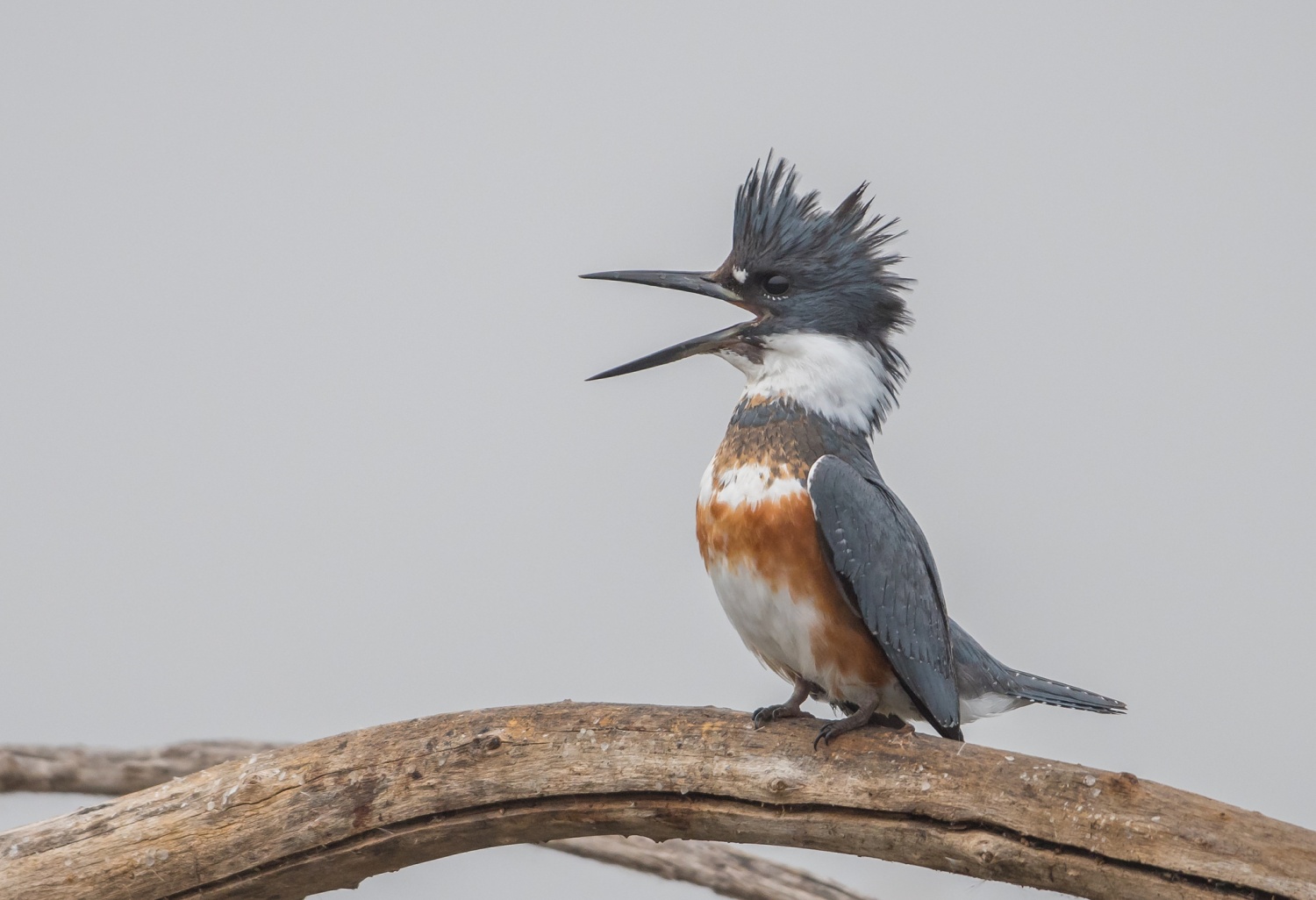
They can often be seen diving from high perches into the water to catch fish and frogs.
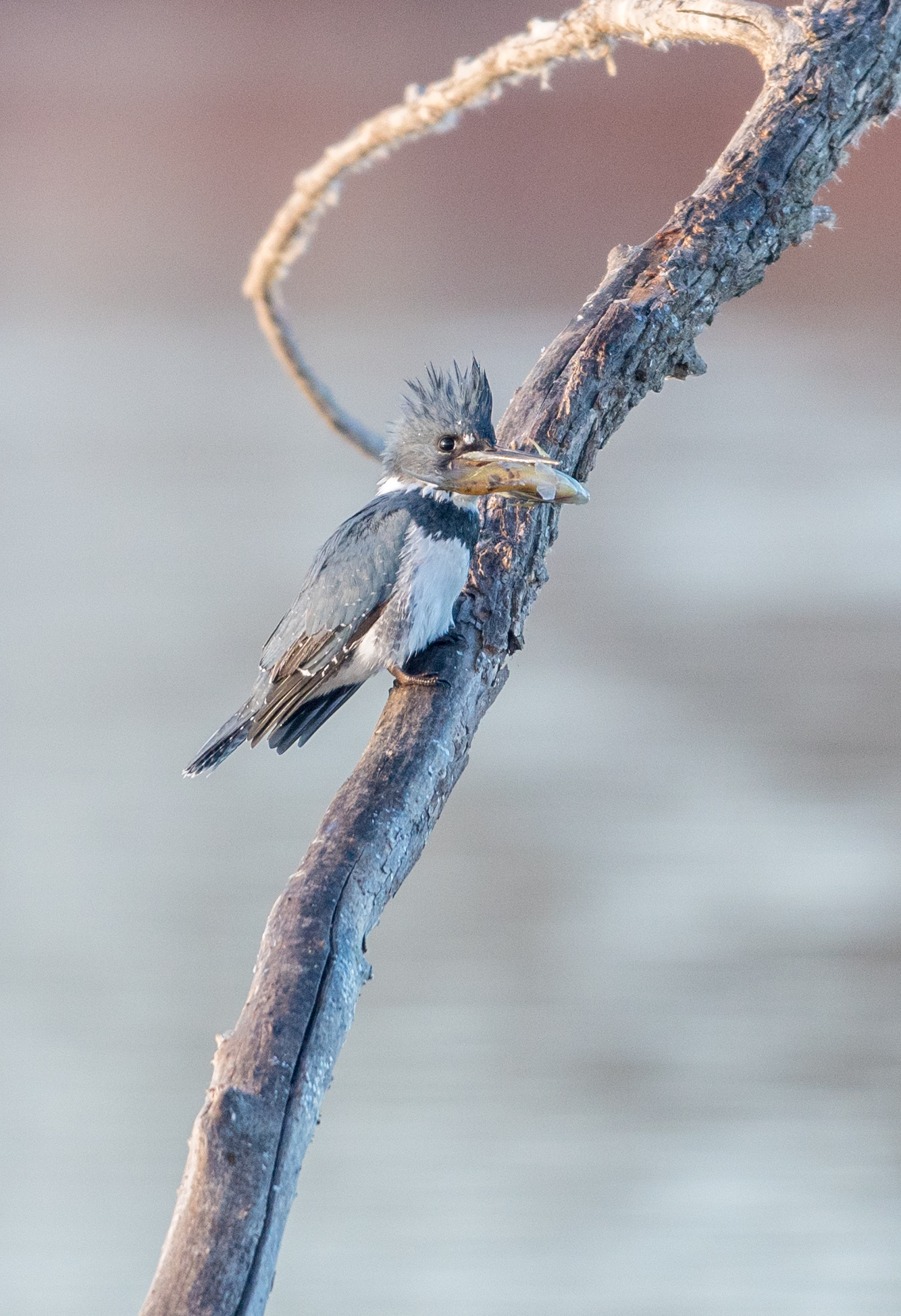
Passerines
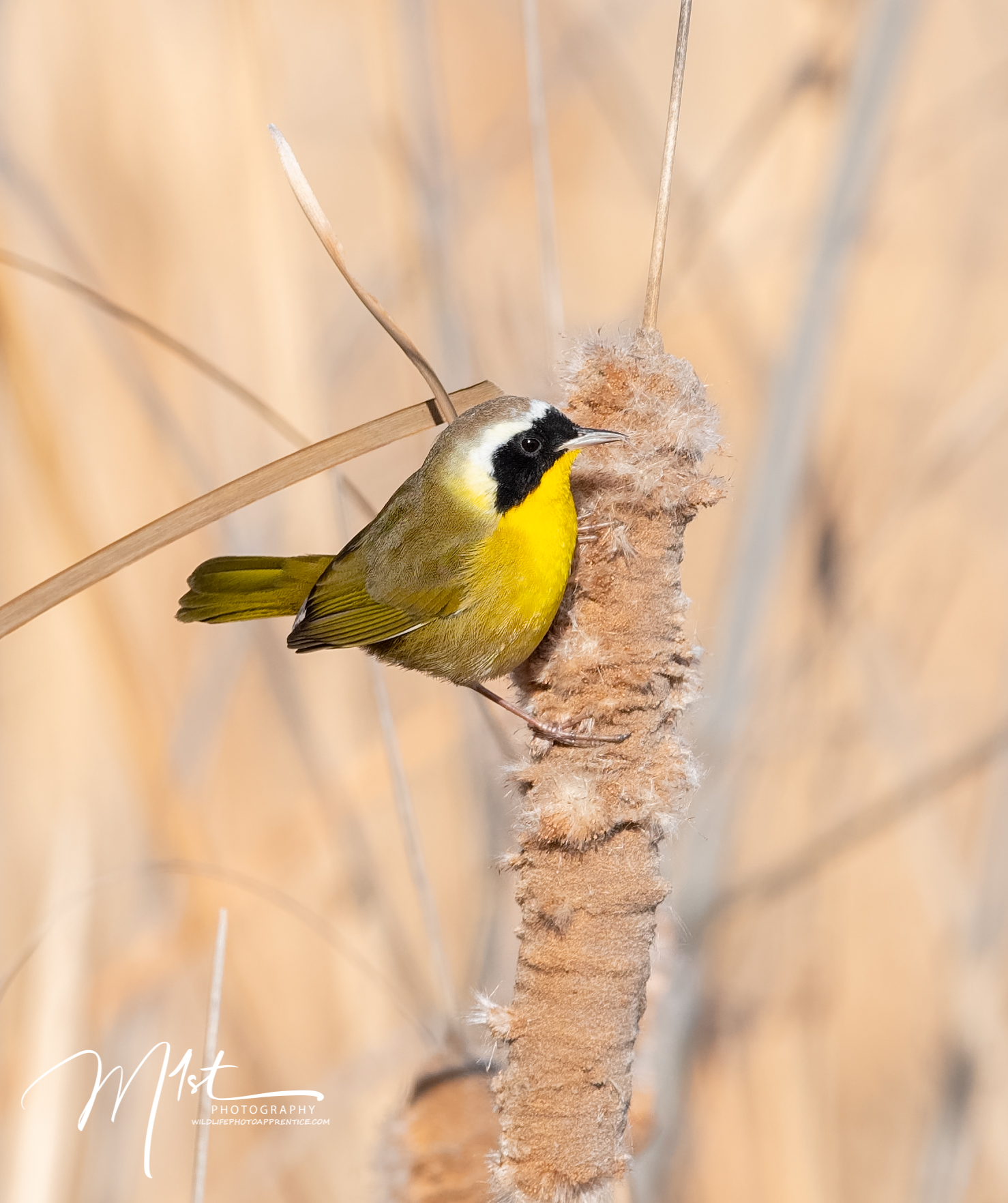
A passerine is any bird of the order Passeriformes, which includes more than half of all bird species. Sometimes known as perching birds or – less accurately – as songbirds, passerines are distinguished from other orders of birds by the arrangement of their toes, which facilitates perching. The preserves riparian woodland provides excellent habitat for smaller birds. Multiple feeding stations within the preserve offer opportunities to photograph these skittish visitors.
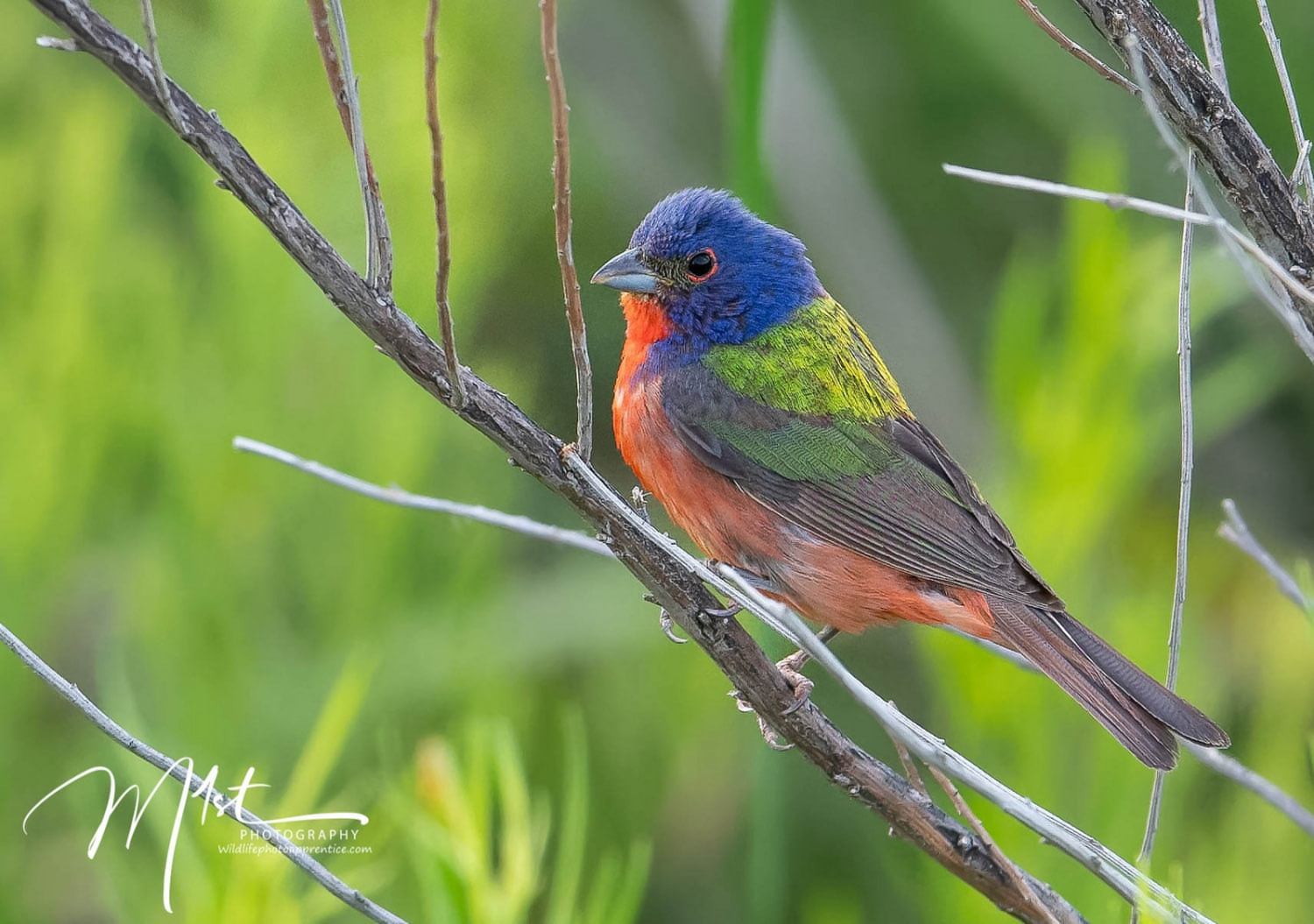

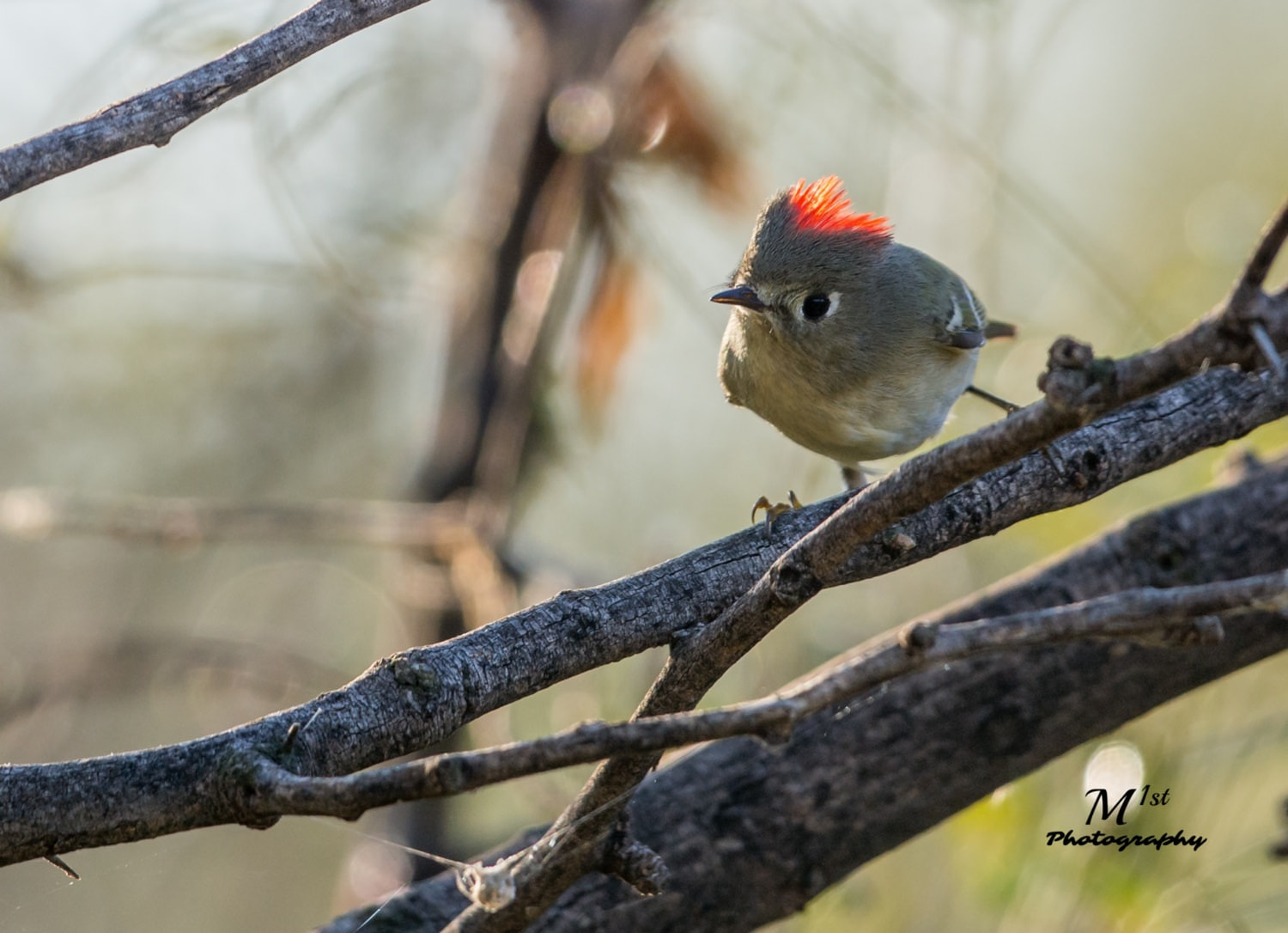
The wildlife at the preserve is abundant and varied throughout the year. Even though there are several limitations and frustrations for wildlife photographers involved with the preserve, if wildlife photography is your hobby, then a visit to the preserve is sure to be rewarding and well worth your time. If you are planning a visit, here’s how to get there.
East of Midland
Traveling West on I-20 you will take Exit (Midkiff) and merge onto the north service road. Go over Midkiff and stay on the service road for 2 miles. Take a right onto South Midland Drive and the preserve gate is the second road to the right.
West of Midland
Heading East on I-20 take Exit (Loop 250). At the stop sign take a left and go over I-20 and take a right onto the North service road. Go approx 2 miles and take a left onto South Midland Drive and the preserve gate is the second road to the right.
